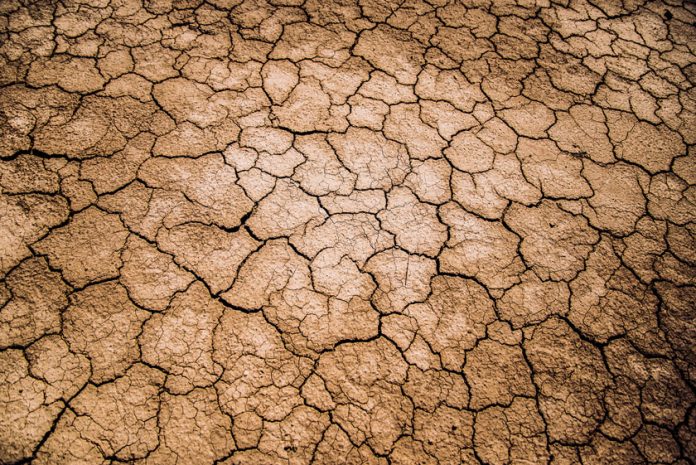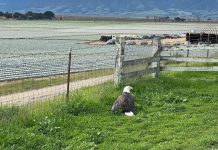Even as California moves toward a full reopening from pandemic restrictions next month, many counties are still in danger.
From drought.
Earlier this month, Gov. Gavin Newsom extended emergency drought orders to 41 counties across the state. According to the U.S. Drought Monitor, 84% of the West is now in drought conditions, with 47% rated as “severe” or “extreme.” In California, 73% of the state falls into those categories. And if the recent Palisades fire in western Los Angeles is any indication, an active wildfire season could already be here.
All eyes are on the critical resource that can help fight the effects of another dry summer: water.
California relies on wet years to replenish its water supply during dry years. And while 2019 was a flood year, it has been dry since.
The state’s drought from 2012 to 2016 set a new bench mark, Jeffrey Mount, a senior fellow with the Public Policy Institute of California’s Water Policy Center, told me this week.
“That drought was significant because it was not only dry, with very limited snowpack, but it was the warmest in recorded history,” he said. “The current drought — now two years old — is shaping up in the same way.”
On April 1, the date when the snow is normally deepest, statewide snowpack was just 59% of the historical average. And reservoir and groundwater levels this year are significantly below average, the state Water Resources Control Board said in March.
In terms of water, “conditions are particularly dire north of Sacramento to the Oregon border, which is driving the crisis on the Klamath River,” Mount said. On the other hand, Los Angeles, San Diego, San Francisco and other major cities are in pretty good shape, he added.
Yet California is essentially in the same place the state was in during the third year of the last drought — and this is only Year 2.
When the state’s water reservoirs are drawn down, farmers are forced to turn to groundwater, Mount said last month. Until recently, though, the state’s groundwater supplies were not regulated, so they have not had a chance to recharge. The use of groundwater is also unsustainable, bringing with it a cascade of unintended consequences, such as wells drying up.
Beyond that, the environment will suffer as well.
“Fish populations never recovered from the last drought, and extinctions are highly likely,” Mount said.
While species like the Delta smelt are already functionally extinct, it is likely that those that rely on cold water to survive, like salmon and steelhead trout, will be hit hard this year.
“I see very tough times ahead for managing freshwater ecosystems,” Mount said.
The same can be said of forests, with heat and dryness making vegetation more likely to ignite. But how much residents feel the impact of drought in terms of water supply will really depend on where they live.
“Very large systems like those in Southern California and the Bay Area will see modest effects,” he said. “This includes increasing demand for reductions in water use through conservation and increasing prices of water to make up for less water use.” Small, rural systems will see big cutbacks and disruptions in supply, Mount added, along with increasing costs.
The water resources control board advised agricultural water users to take steps to conserve water, including reducing irrigated acreage, managing herd size, using innovative irrigation and diversifying water supply portfolios. The agency also recommended that residents conserve water by putting in drought-resistant landscape, reducing outdoor irrigation and replacing older house fixtures and appliances with more efficient ones.
In the end, Mount said he was optimistic — conservation has become a way of life in the state.
“Residents of California use about as much water as they did in 1990,” Mount said, adding that the state has added almost 10 million people over that time. “This is because we have baked it into our lives, contrary to popular belief.”
Copyright 2021 The New York Times Company














